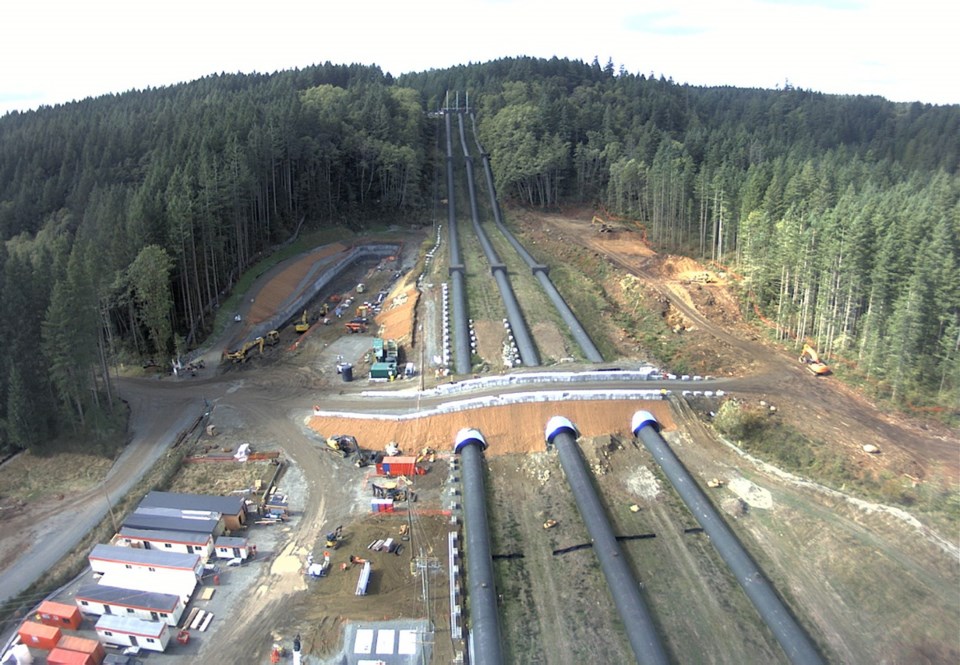Underground blasting to carve out a massive tunnel to carry water for the new $1-billion John Hart Generating Station near Campbell River is scheduled to start early next month and continue through to 2016.
It’s like a mining operation, said Stephen Watson, B.C. Hydro spokesman.
A total of “300,000 cubic metres — or the equivalent of 120 Olympic-sized swimming pools of rock — will be removed,” he said.
The generating station is being replaced and modernized because of worries the existing 67-year-old facility would not withstand an earthquake, and to ensure reliable service and protect downstream fish habitat.
Plans will see a large part of the huge complex developed under the surface.
B.C. Hydro, a Crown corporation, has hired InPower, owned by SNC-Lavalin, as general contractor. Work is slated to finish by 2018 or 2019.
The generating station is the largest of several construction jobs underway at or near Campbell River that will create jobs and boost the local economy. Construction also started this year on hospitals in Campbell River and in Courtenay, at a total cost $606.2 million.
Campbell River is also the site of a planned new hotel with 50-plus rooms, slated to open in January.
“We will get quite a lot of consultants and engineers [as guests],” said Jonathan Shead, one of the developers of the new Comfort Inn and Suites.”
Shead, who also owns the sports store Intersport in Campbell River, said local construction projects boost retail as new families arrive.
At John Hart, about 70 workers are on the job, Watson said. That figure will rise to 200 by spring 2015 and peak at about 360 in 2016.
At its deepest point, the new water tunnel will sit about 120 metres under the surface, he said. It will run for 2.1 kilometres and be 8.1 metres in diameter. Its path goes from the John Hart Dam, to the generating station, and then 600 metres farther, to the Campbell River.
The route roughly follows the existing corridor that now allows for three above-ground pipelines to carry water.
Those existing pipelines — each 3.66 metres in diameter — will be removed and the land reforested.
Two other underground portals are being built to provide the main way to remove rock blasted out for the new generating station, as well as from the tunnel, Watson said.
A portal on the south side of the development site will provide service access, such as electrical cables and worker walkway access, he said. A north portal will provide the main vehicle access for facility maintenance.
This new station will be close to 39 metres high, Watson said.
Other work includes a new water intake at the John Hart Spillway Dam, and a new water bypass facility.
As crews construct roads, clear trees and blast rocks, they also keep an eye out for wildlife. Stickers stating “I saved a frog” are handed out to those who help the environment. Workers are watching for species such as red-legged frogs and Pacific sideband snails to relocate. In the past month, two frogs, 60 mice and six rabbits were relocated.



